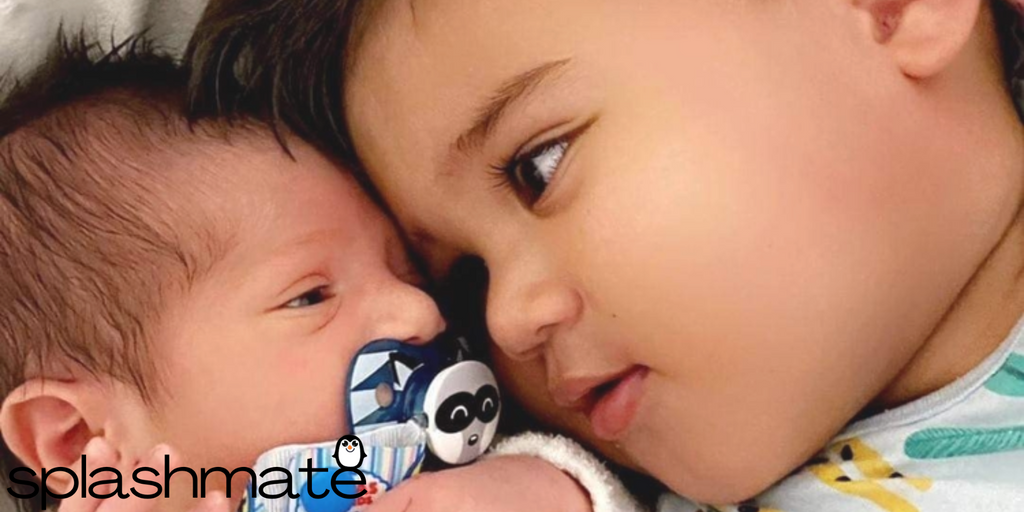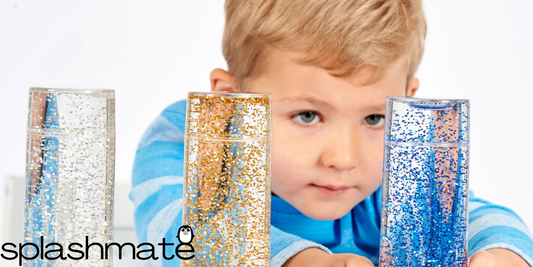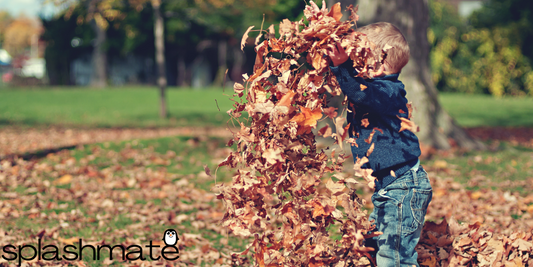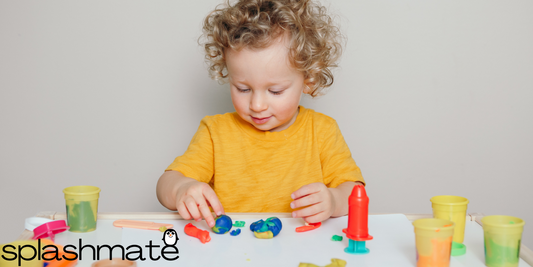On this page:
Understanding the Third Pregnancy
Health Considerations in the Third Pregnancy
Emotional Well-being During Your Third Pregnancy
Preparing Siblings for a New Baby
Postpartum Recovery and Self-care
As you embark on the journey of your third pregnancy, it's natural to feel a mix of familiarity and new expectations. Each pregnancy is unique, and this guide aims to help you navigate this special time with confidence and ease.
Understanding the Third Pregnancy

Your body has been through this process twice before, but that doesn't mean your third pregnancy will be a repeat of the past. Physiologically, you might notice changes happening more quickly. According to Mayo Clinic, women in subsequent pregnancies often report feeling fetal movement earlier and may show sooner than in their first pregnancy.
Health Considerations in the Third Pregnancy

Nutrition and Exercise: Maintaining a balanced diet and regular exercise routine is crucial. The American College of Obstetricians and Gynecologists emphasizes the importance of nutrients like folic acid, calcium, and iron during pregnancy. Gentle exercises, such as prenatal yoga, are beneficial for your physical and mental well-being.
Prenatal Care: Regular check-ups with your healthcare provider are essential. As the Centers for Disease Control and Prevention (CDC) advises, these visits help monitor your baby's development and detect any potential health issues early.
Emotional Well-being During Your Third Pregnancy

This time around, you might feel more confident yet still have concerns. Balancing the needs of your growing family while preparing for a new addition can be challenging. Engaging in mindfulness practices and seeking support from family, friends, or a professional can be helpful.
Preparing Siblings for a New Baby

Introducing a new family member to your older children requires sensitivity and planning. Engage them in preparations and discussions about the new baby to help them adjust to the idea of a growing family.
Financial Planning for a Third Child
With another child on the way, reevaluating your financial plan is crucial. Consider future expenses, including childcare, education, and healthcare. Websites like NerdWallet offer practical financial advice for expanding families.
Birth Planning and Delivery Options
Your previous birth experiences might influence your plans for this delivery. Discuss your preferences and any concerns with your healthcare provider. Remember, each birth experience is unique, and flexibility is key.
Postpartum Recovery and Self-care
Postpartum recovery may differ with each pregnancy. Allow yourself time to heal and adjust to the new dynamics in your family. Prioritize self-care and seek support when needed.
Further Readings
- "Expecting Better" by Emily Oster: Offers a data-driven approach to pregnancy, breaking down myths and providing practical advice.
- "What to Expect When You're Expecting": A classic film that covers all stages of pregnancy.
- Parenting Blogs and Forums: Websites like BabyCenter provide a platform for sharing experiences and advice with other parents.
In conclusion, your third pregnancy is a journey filled with unique challenges and joys. By staying informed, seeking support, and focusing on your well-being, you can navigate this special time with confidence. Remember, each pregnancy is a personal journey, and embracing its individuality will enhance your experience.













